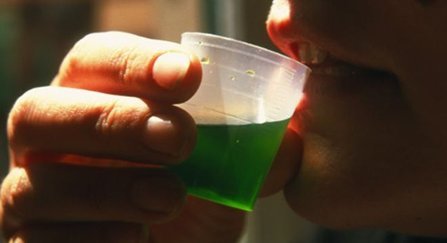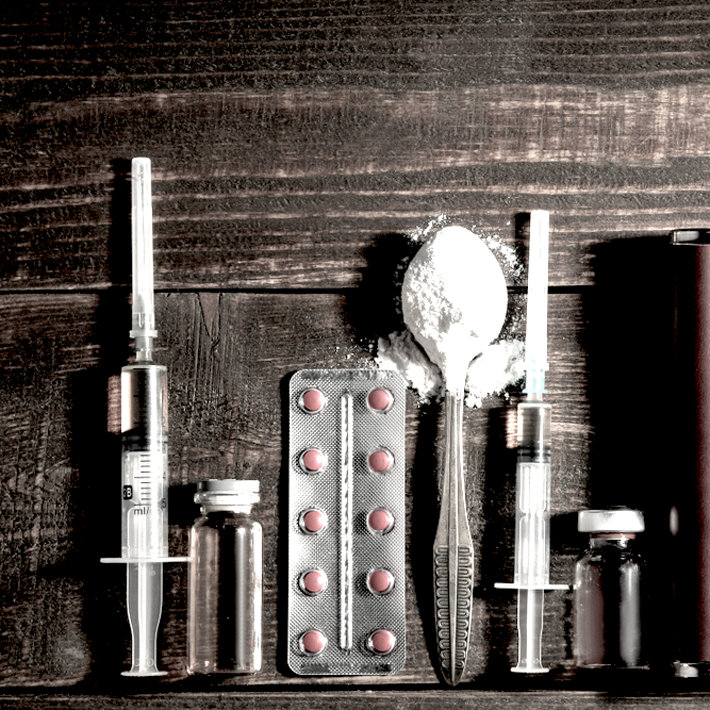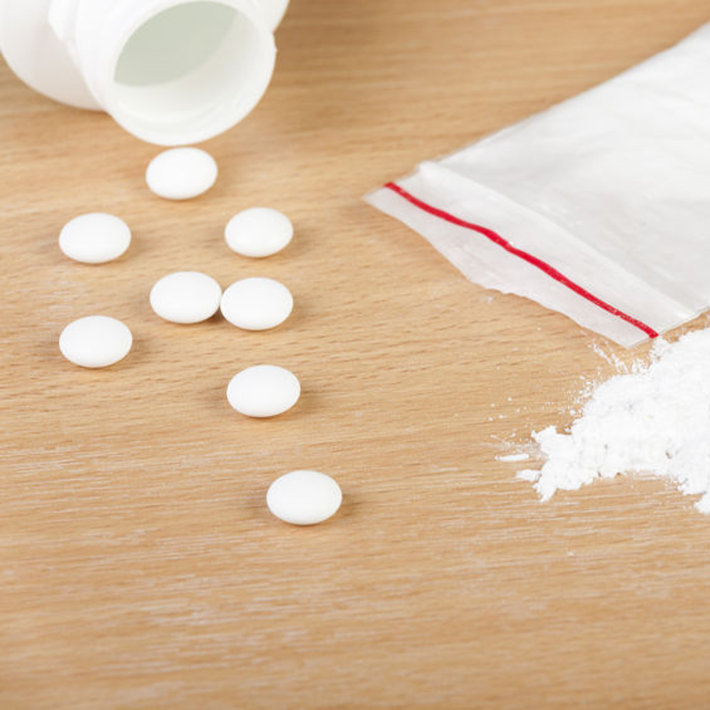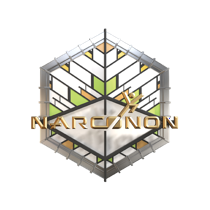Methadone Deaths on the Rise – When Drugs are Used to Treat Addiction

Consider this scenario. You’re making breakfast for your family, and you burn your hand on the stove. It’s a really bad burn. You go to the urgent care doctor to seek medical treatment. He takes one look and tells you to go home and burn your hand again. You’d probably look at him like he was out of his mind, and you’d see a different doctor who had a different solution.
That scenario is crazy. But when it comes to opiate addiction, a similar situation is taken as standard practice. When opiate addicts seek help for their drug problems, they are often told that they need to get on a methadone maintenance program. They are told they need to take a drug… to fix a drug addiction!
To make matters worse, methadone can form dependencies in those who take it, dependencies which are more serious than the drugs they are replacing. Drug dependency can lead to a drug overdose. Recent studies indicate that states which expanded Medicaid (and which are offering more methadone treatment programs as a result) are now seeing increases in methadone overdose deaths.
The remedy for a burned hand is not to place the hand back on the hot stove again. Why then are addicts being told to take habit-forming drugs as supposed “solutions” to their drug problems?
What is Methadone?
First, let’s take a look at what methadone is. Methadone is a prescription medication used to treat opiate addiction. It can also be used to treat physical pain. In some cases, it is used for both pain relief and opiate addiction treatment. Methadone is a synthetic opiate drug, created in the 1940s as a less addictive replacement for opium. Like all opiate-based drugs, though, methadone has the potential to produce damaging effects.
Methadone was introduced as a potential “solution” to opiate addiction because methadone is supposed to have most of the same effects as opiate pain relievers but without the euphoria-inducing nature of other opiates. Also, one dose of methadone is supposed to last longer than a comparable dose of prescription painkillers. The idea was that patients would take methadone to avoid opiate withdrawal symptoms, but that they wouldn’t get high from the drug.
Though the theory behind using methadone may have looked appealing to some, the reality of this approach is not very workable. Methadone users often do experience some degree of euphoria from using the drug. Also, the longer patients stay on methadone, the more they build up a tolerance to the drug. That means they will need more of the drug to get the same effect from it, whether that effect is pain relief or avoidance of opiate withdrawals/opiate cravings. The more methadone they take, the more their dependence and tolerance increases. That will make it more difficult in the long run for them to come down off the drug.
While some may hail methadone as a solution to addiction, it's a fact that methadone tolerance, methadone dependence, and methadone addiction are all potential risks for anyone who takes it. That is true even for patients who take methadone precisely as directed by their doctors.
New Data Shows Methadone Deaths are On the Rise

Rates of opioid overdose deaths involving heroin and fentanyl dropped in some of the states that expanded their Medicaid programs. However, because methadone was often included as a treatment option in the Medicaid expansion, rates of overdose deaths involving methadone went up. In a nutshell, fewer patients were dying from their initial drug of choice, but more patients were dying from the drugs they were given to “treat” their drug of choice! According to the research, states which expanded Medicaid experienced an 11 percent increase in methadone-related overdose deaths.
Some argue that the increase in methadone deaths is more attributable to patients using methadone as a pain relief drug, as opposed to patients using the drug to get off of other opiates. In fact, research from 2009 suggests that while methadone only accounts for a small percentage of painkiller prescriptions, the drug is found in about 30 percent of painkiller-related deaths.
The overdose data furthers the idea that states should not be increasing their use of methadone as a treatment option. Not for pain relief and not for addiction treatment. The simple fact is that, when states make methadone more available for residents, more people die from it.
Medication-Assisted Treatment Programs and Suboxone
There was a time when many medical experts thought methadone was going to be the solution to heroin addiction and painkiller addiction. Now it's clear that is not the case.
Unfortunately, methadone is not the only drug being pushed by medication-assisted treatment programs.
Suboxone, a drug similar to methadone in some respects, is also used in MAT (medication-assisted treatment). Suboxone is a combination medication containing buprenorphine and naloxone. Suboxone works by tightly binding to the same receptors in the brain as opiates, heroin, morphine, painkillers, etc. However, unlike with other opioids, suboxone is not supposed to have the same mind-altering, euphoria-inducing effects.
When compared to methadone, suboxone is generally considered the “better” drug by the medical field. But it's important to proceed with caution here. Methadone was once promoted as a solution to opiate addiction. Yet people become dependent on methadone. People die from it. If the nation continues to utilize suboxone and medication-assisted treatment, isn't that just following the same path as with methadone?
There is not a lot of information on suboxone-related deaths in the United States. However, the United Kingdom has done some research on it. From 2007 to 2012, 52 people died in England and Wales from buprenorphine-related causes.

The Safe and Effective Approach to Addiction Treatment
One of the reasons why some addicts turn to methadone (or suboxone) as a “treatment” option is because they are afraid of opiate withdrawal symptoms. However, they have to understand that methadone causes terrible withdrawal symptoms of its own. Some have even said that methadone withdrawal symptoms are worse than withdrawing off of heroin or painkillers. Depression, lightheadedness, nausea, vomiting, diarrhea, anxiety, excessive sweating, intense cravings, physical aches, pains, and uncontrolled shaking are just some of the symptoms of methadone withdrawal.
An effective remedy for drug addiction is an approach that does not require the substitution of one drug from another. The goal is a drug-free life. Narconon offers an effective, residential program that helps people recover from drugs. Narconon does this without the use of replacement drugs, effectively giving recovering addicts a chance at what life can be like without any drug use at all.
For half a century, Narconon has saved the lives of those who thought they had no life left in them. Many who have come to Narconon were those who’d tried other forms of treatment in the past. It wasn't until they went through the Narconon program that they found true freedom from addiction.
Furthermore, the Narconon program’s unique approach to addiction treatment can be found nowhere else in the world. Narconon uses a series of techniques to help people get at the source of their addiction. The program also helps people gain the necessary life skills to face the ups and downs of life without turning to drugs.
If you are seeking help for a loved one who is addicted to methadone, please do your best to help them get into a residential drug treatment center. You are saving their lives by doing so.
Sources:
- https://jamanetwork.com/journals/jamanetworkopen/fullarticle/2758476
- https://www.ncsl.org/research/health/methadone-and-prescription-drug-overdose.aspx
- https://bmjopen.bmj.com/content/5/5/e007629
Reviewed by Claire Pinelli, ICAADC, CCS, LCDC, CCS, RAS, MCAP


